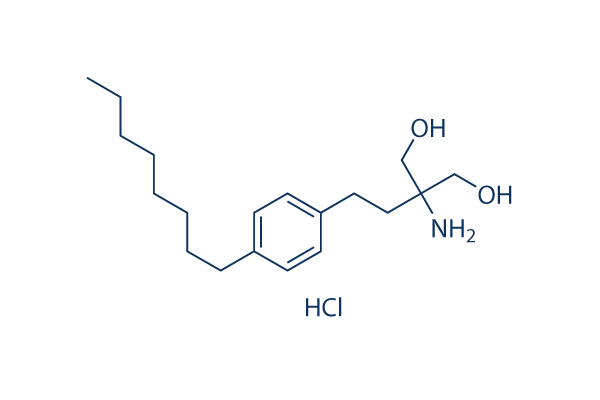SDF 1 is actually a chemotactic protein secreted by bone marrow stromal, mesothelial, and epi thelial cells. CXCR4 is the only known receptor for SDF 1 and includes a high affinity for this chemokine. The binding of CXCL12 to CXCR4 induces intracellular signaling via a number of divergent pathways, initiating signals re lated to chemotaxis, cell survival and or proliferation, in creased intracellular calcium, and gene transcription. The CXCL12 CXCR4 axis is involved in tumor progres sion, angiogenesis, metastasis, and survival, and promising final results in preclinical tumor models indicate that CXCR4 antagonists may possibly have antitumor activity in patients with different malignancies. Smith et al. located that inhibiting CXCR4 with RNAi or the distinct antagonist AMD3100 substantially delayed the development of four T1 breast cancer cells in the lungs of BALB c mice.
These final results extend the supplier SCH66336 prospective therapeutic applica tions of CXCR4 inhibitors for the remedy of both pri mary and metastatic breast cancer. In the present study, we evaluated the expression of ETAR and CXCR4 in NPC working with immunohistochemistry. For the greatest of our know-how, we’re the first to show that ETAR expression is closely linked with CXCR4 expression in individuals with NPC. As each ETAR expres sion and robust CXCR4 expression are connected with unfavorable PFS and DMFS, it can be interesting to evaluate the partnership among ETAR and CXCR4 expression. We speculated that there may be crosstalk in between the ET 1 ETAR and SDF 1 CXCR4 pathways, and our study indicated that the expression levels of ETAR and CXCR4 were positively correlated.
Within the 48 NPC circumstances optimistic for the expression of CXCR4, 95. 8% also exhibited ETAR expression, and our experimental study also showed that ETAR activation increases functional CXCR4 expression in six 10B and 5 8F NPC cells. Both the 5 8F and six 10B cell lines are sub clones on the NPC cell line SUNE1, the five 8F cell PP121 line has the prospective for higher tumorigenesis and higher metastasis, whereas the six 10B cell line has the prospective for tumorigenesis but can’t metastasize. Qiu et al. located that the expres sion level of CXCR4 is higher in five 8F than in six 10B cells, and an additional study has shown that the six 10B cell line expresses CXCR4 but that the receptor is inactivated. It was also found that the capacity of 5 8F cells to proliferate and migrate elevated just after SDF 1 stimulation, although no considerable adjustments occurred inside the six 10B cell line.
In the present study, we located  that pretreatment with ET 1 augments the chemotactic activity of SDF 1 inside the 6 10B NPC cell line via the upregulation from the expression of functional CXCR4. Our final results recommended that the ET 1 ETAR pathway may perhaps play an important role in CXCR4 expression in NPC. Our final results also revealed an association among ETAR and CXCR4 expression, though the multivariate analyses showed that the two expression levels are independent of each other.
that pretreatment with ET 1 augments the chemotactic activity of SDF 1 inside the 6 10B NPC cell line via the upregulation from the expression of functional CXCR4. Our final results recommended that the ET 1 ETAR pathway may perhaps play an important role in CXCR4 expression in NPC. Our final results also revealed an association among ETAR and CXCR4 expression, though the multivariate analyses showed that the two expression levels are independent of each other.
Mirna Mimics
miRNA inhibitors for single or high throughput silencing
